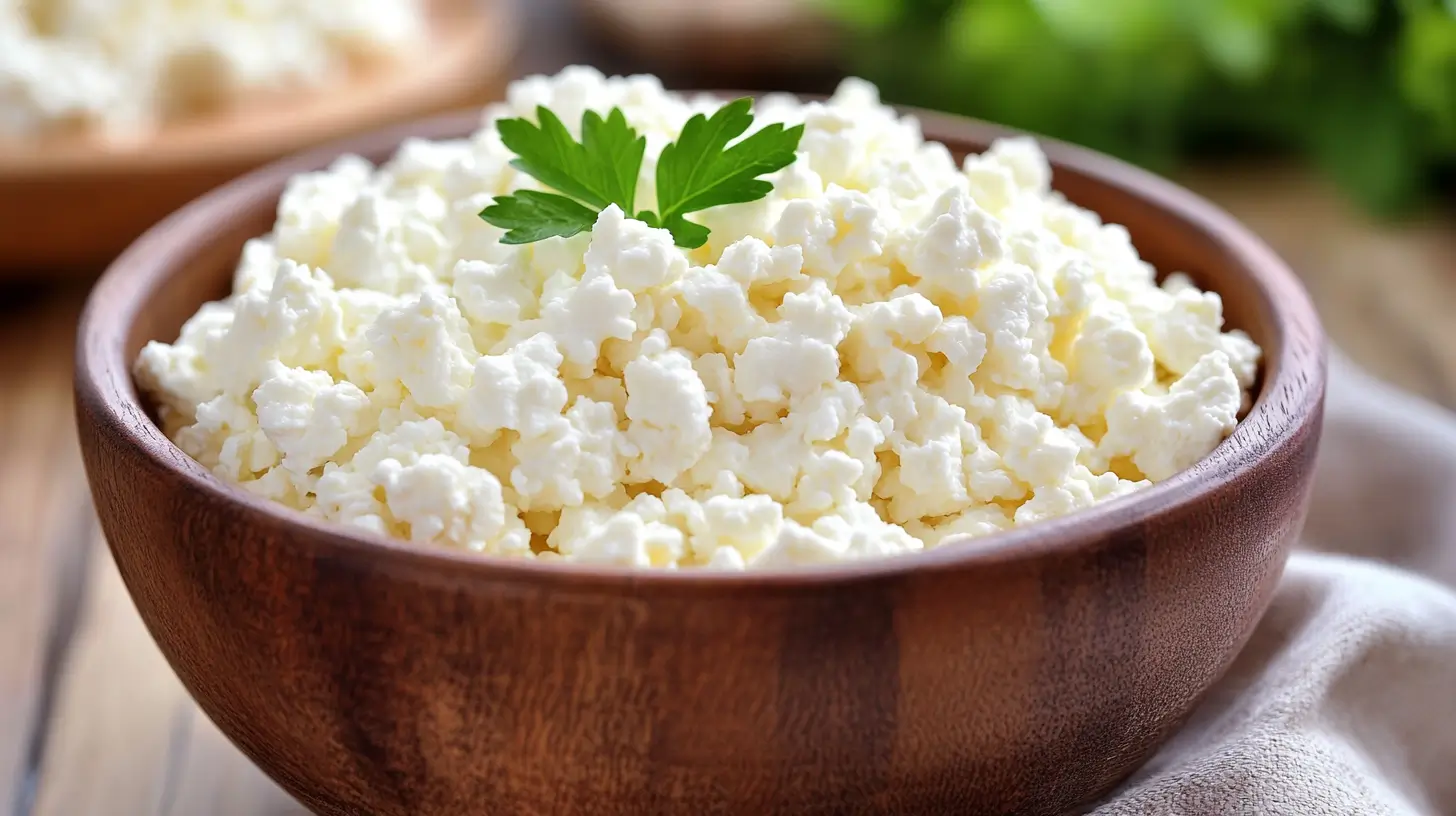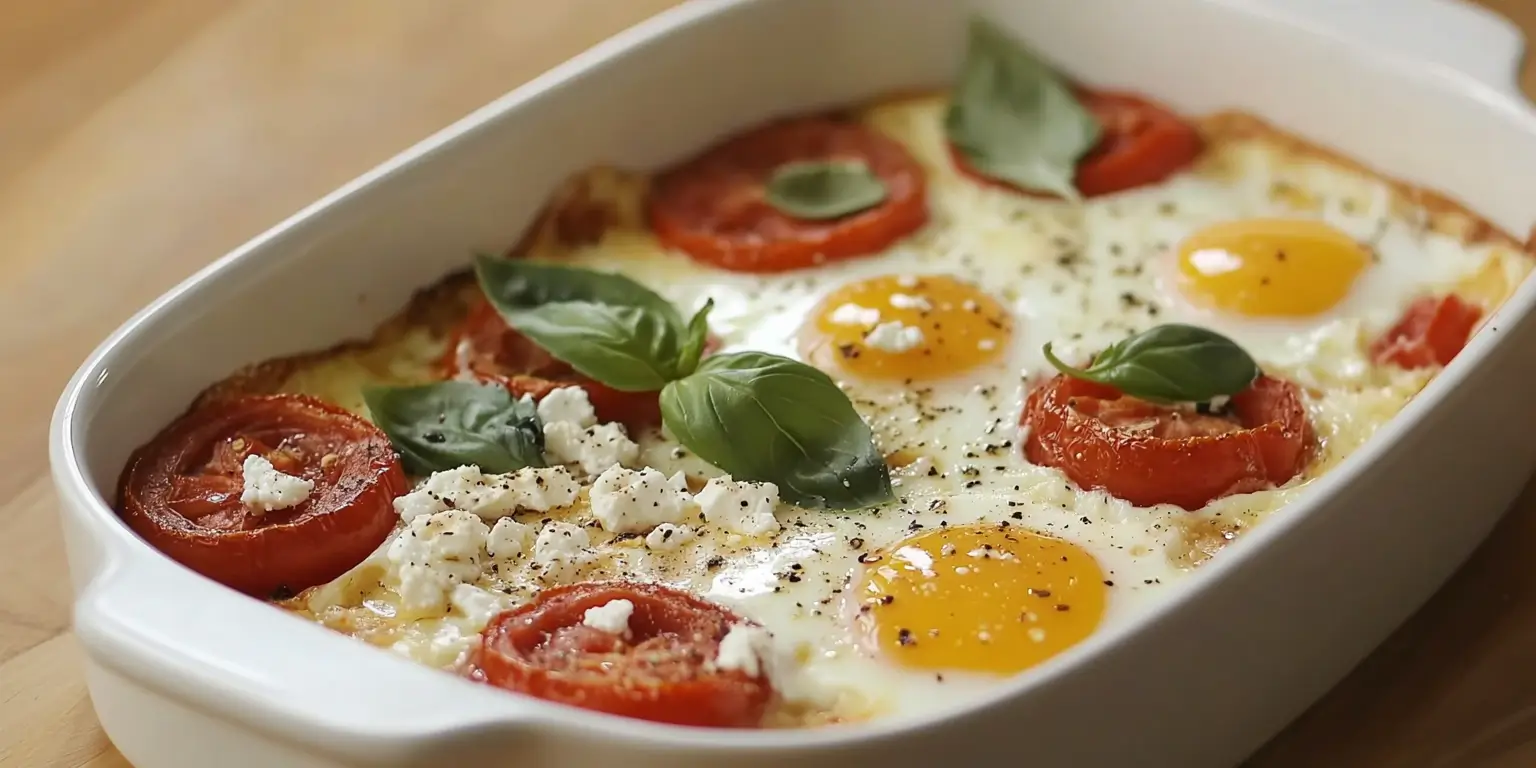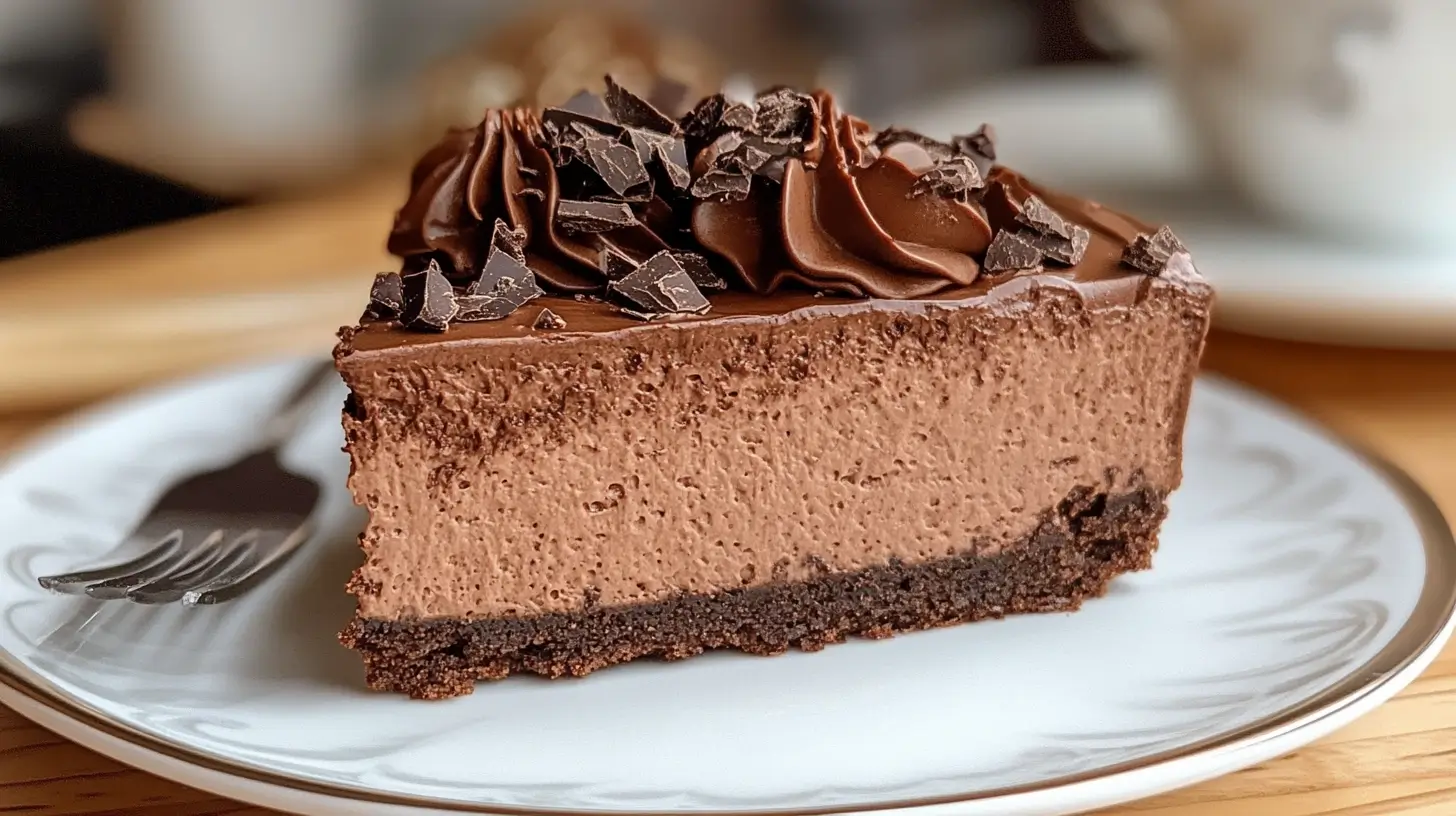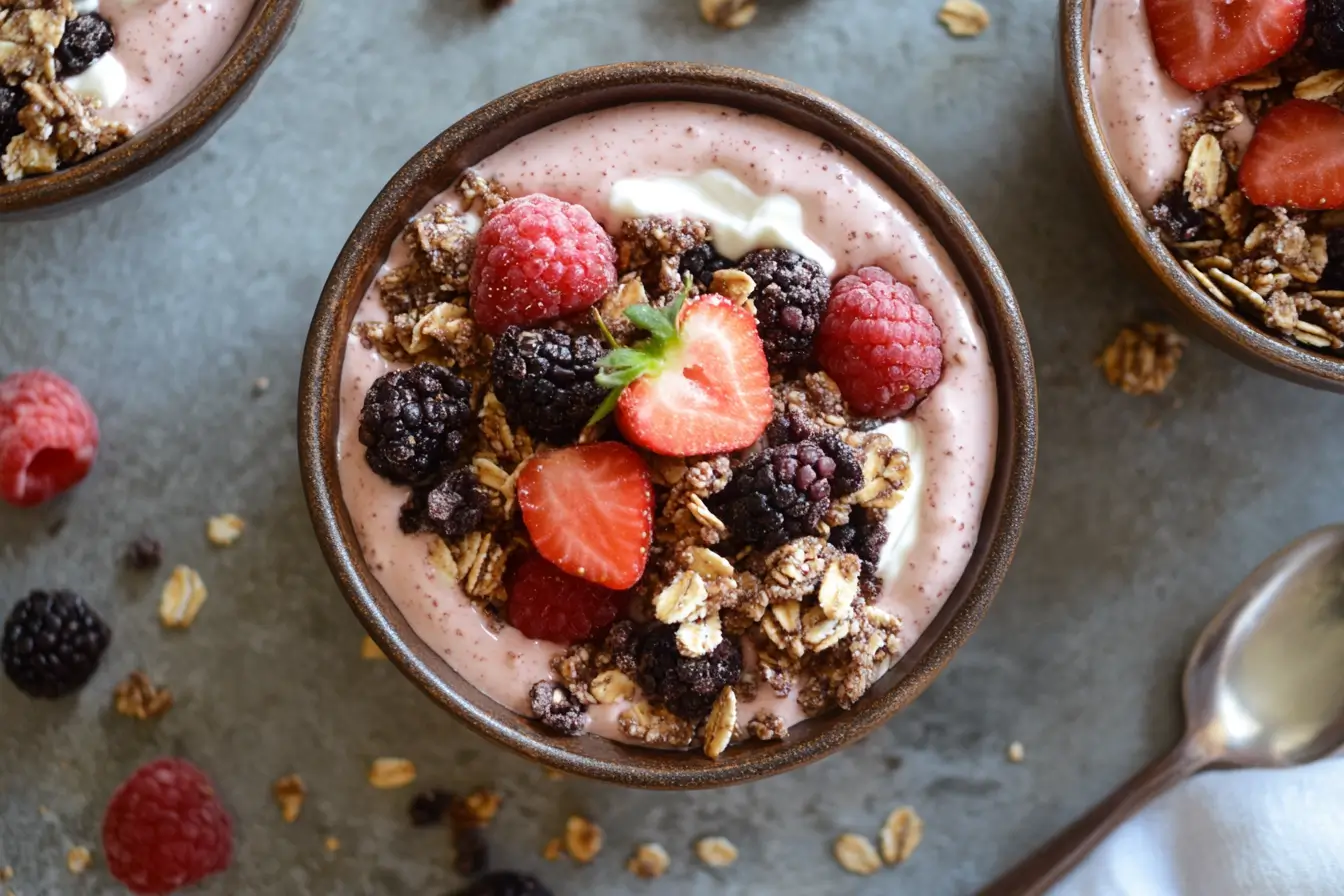Cottage cheese, a versatile and nutritious dairy product, is gaining popularity for its rich protein content and various health benefits. Whether you’re looking to lose weight, build muscle, or simply enjoy a delicious and wholesome meal, cottage cheese can be your go-to ingredient. This comprehensive guide will explore an array of cottage cheese recipes and answer common questions about this remarkable dairy product.
What is Cottage Cheese?
Cottage cheese is a fresh cheese curd product with a mild flavor and creamy texture. Unlike aged cheeses, it is not pressed, which retains some of the whey, giving it a moist consistency. It comes in various forms, such as small curd, large curd, and whipped, and can be found in different fat levels, including non-fat, low-fat, and regular.
Nutritional Profile
Cottage cheese is rich in protein, calcium, and essential vitamins and minerals. A typical serving (1 cup) of low-fat cottage cheese contains:
- Calories: 206
- Protein: 27 grams
- Fat: 2.3 grams
- Carbohydrates: 8 grams
- Calcium: 14% of the Daily Value (DV)
- Phosphorus: 30% of the DV
- Vitamin B12: 59% of the DV
What Do You Do with Cottage Cheese?
Cottage cheese can be used in a myriad of ways, making it a versatile ingredient for breakfast, lunch, dinner, and even snacks. Here are few ideas to incorporate cottage cheese into your meals:
Breakfast Ideas
- Cottage Cheese Pancakes: Blend cottage cheese with eggs, oats, and a pinch of baking powder to create protein-packed pancakes. Top with some perfect berries and a drizzle of honey.
- Smoothie Bowl: Blend cottage cheese with your favorite fruits, such as bananas, strawberries, and a splash of almond milk. Pour into a bowl and add some granola, nuts, and seeds.
- Avocado Toast: Spread cottage cheese on whole-grain toast and top with sliced avocado, cherry tomatoes, and a sprinkle of everything bagel seasoning.
Lunch and Dinner Ideas
- Cottage Cheese Stuffed Peppers: Mix cottage cheese with quinoa, black beans, and your favorite vegetables. Stuff the mixture into bell peppers and bake until tender.
- Protein-Packed Salad: Add a scoop of cottage cheese to your favorite salad for an extra boost of protein. Pair it with greens, grilled chicken, cherry tomatoes, cucumbers, and a light vinaigrette.
- Cottage Cheese Lasagna: Use cottage cheese instead of ricotta in your lasagna recipe. Layer it with whole-wheat noodles, marinara sauce, and plenty of vegetables for a healthier twist on a classic dish.
Snack Ideas
- Cottage Cheese and Fruit: Pair cottage cheese with fresh fruit like pineapple, peaches, or berries for a refreshing and nutritious snack.
- Savory Cottage Cheese Dip: Mix cottage cheese with herbs, garlic, and a splash of lemon juice to create a creamy dip for vegetables or whole-grain crackers.
- Cottage Cheese Parfait: Layer cottage cheese with granola and a drizzle of honey for a quick and satisfying snack.
What is the Perfect Way to Eat Cottage Cheese?
The most common way to eat cottage cheese is simply by itself or with fruit. Many people enjoy it as a quick and easy snack, combining it with fresh or canned fruit, such as pineapple, peaches, or berries. This combination provides a balance of protein, vitamins, and minerals, making it a popular choice for those looking to maintain a healthy diet.
Cottage Cheese with Fruit Recipe
Ingredients:
- 1 cup cottage cheese
- 1/2 cup fresh pineapple chunks
- 1/2 cup sliced strawberries
- 1 tablespoon honey (optional)
Instructions:
- Place the cottage cheese in a bowl.
- Top with pineapple chunks and sliced strawberries.
- Drizzle with honey if desired.
- Serve immediately and enjoy!
Is Cottage Cheese Healthier Than Cheese?
Cottage cheese and traditional cheese have different nutritional profiles and health benefits. Here’s a comparison so you can understand which might be better for you:
Cottage Cheese
- Lower in Fat: Cottage cheese typically contains less fat than most traditional cheeses, making it a lower-calorie option.
- High in Protein: It is rich in protein, which is essential for muscle building and repair.
- Low in Sodium: Cottage cheese often contains less sodium than aged cheeses.
- Digestibility: Some people find cottage cheese easier to digest than aged cheeses due to its lower lactose content.
Traditional Cheese
- Flavor: Traditional cheeses like cheddar, gouda, and brie have rich, complex flavors that cottage cheese lacks.
- Higher in Fat: Many traditional cheeses are higher in fat, which can be a drawback for those looking to reduce their fat intake.
- Calcium: Aged cheeses are often higher in calcium, which is important for bone health.
- Versatility: Traditional cheeses can be used in a wider variety of culinary applications, from sandwiches to sauces.
Conclusion
Both cottage cheese and traditional cheese have their own unique benefits. Cottage cheese is a great choice for those looking to reduce fat intake, increase protein, and enjoy a versatile ingredient that can be used in both sweet and savory dishes. Traditional cheese, on the other hand, offers a rich flavor and higher calcium content, making it a valuable addition to many recipes.
Is Eating Cottage Cheese Every Day Healthy?
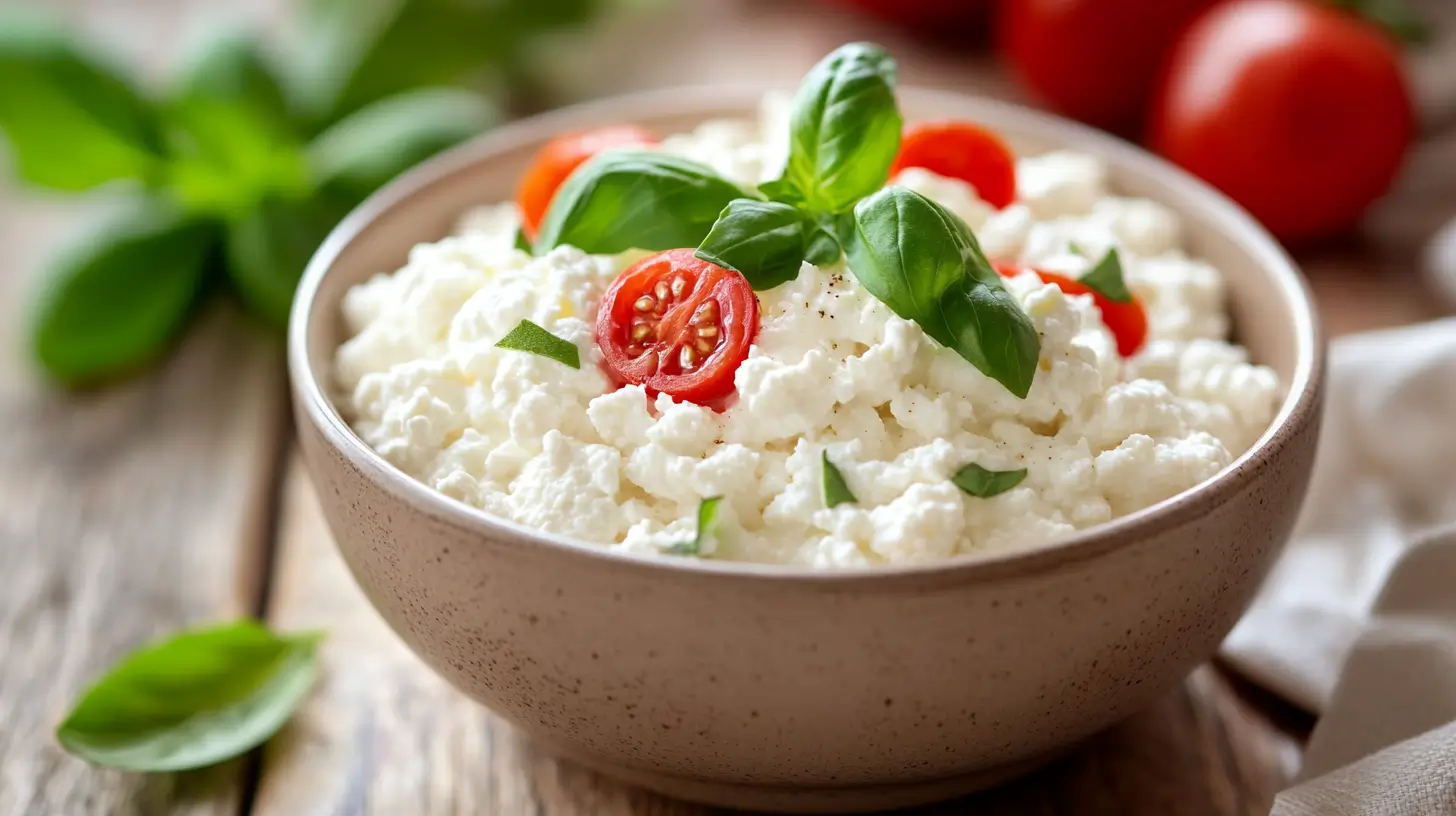
Eating cottage cheese every day can be healthy for most people, provided it is consumed as part of a balanced diet. Here are some potential benefits and considerations:
Benefits of Eating Cottage Cheese Daily
- High Protein Intake: Cottage cheese is an excellent source of protein, which is essential for muscle maintenance, repair, and overall health.
- Weight Management: The high protein content can help you feel full and satisfied, potentially aiding in weight management.
- Bone Health: Cottage cheese is rich in calcium, which is important for maintaining strong bones and teeth.
- Digestive Health: Some forms of cottage cheese contain probiotics, which can support gut health.
Considerations
- Sodium Content: Some cottage cheese varieties can be high in sodium. If you are monitoring your sodium intake, look for low-sodium options.
- Lactose Intolerance: Cottage cheese contains lactose, so individuals with lactose intolerance should choose lactose-free versions or consume it in moderation.
- Variety in Diet: While cottage cheese is nutritious, it’s important to consume a variety of foods to ensure you get a wide range of nutrients.
Cottage Cheese Recipes for Every Meal
To showcase the versatility of cottage cheese, here are some delicious recipes for breakfast, lunch, dinner, and snacks:
Breakfast: Cottage Cheese and Berry Smoothie
Ingredients:
- 1/2 cup cottage cheese
- 1 cup mixed berries (fresh or frozen)
- 1 banana
- 1 cup almond milk (or any milk you want)
- 1 tablespoon chia seeds
- 1 teaspoon honey (optional)
Instructions:
- Add all ingredients to a blender.
- Blend until smooth and creamy.
- Pour into a glass and enjoy!
Lunch: Cottage Cheese and Avocado Salad
Ingredients:
- 1 cup cottage cheese
- 1 ripe avocado, diced
- 1 cup cherry tomatoes, halved
- 1/2 cucumber, diced
- 1/4 red onion, thinly sliced
- 2 tablespoons olive oil
- 1 tablespoon lemon juice
- Salt and pepper to taste
- Fresh parsley, chopped (for garnish)
Instructions:
- In a large bowl, combine cottage cheese, avocado, cherry tomatoes, cucumber, and red onion.
- Drizzle with olive oil and lemon juice.
- Season with salt and pepper.
- Toss gently to combine.
- Garnish with fresh parsley and serve.
Dinner: Cottage Cheese Stuffed Shells
Ingredients:
- 1 package jumbo pasta shells
- 2 cups cottage cheese
- 1 cup spinach, chopped
- 1 egg
- 1 cup shredded mozzarella cheese
- 1/2 cup grated Parmesan cheese
- 2 cups marinara sauce
- 1 teaspoon Italian seasoning
- Salt and pepper to taste
Instructions:
- Preheat the oven to 375°F (190°C).
- Cook the pasta shells according to package instructions. Drain and set aside.
- In a large bowl, mix cottage cheese, spinach, egg, mozzarella cheese, Parmesan cheese, Italian seasoning, salt, and pepper.
- Fill each pasta shell with the cottage cheese mixture.
- Spread 1 cup of marinara sauce on the bottom of a baking dish.
- Arrange the stuffed shells in the dish and top with the remaining marinara sauce.
- Cover it with foil and bake for about 30 minutes.
- Remove the foil and bake it for an extra 10 minutes, or until the cheese is golden.
- Serve hot and enjoy!
Snack: Cottage Cheese and Veggie Dip
Ingredients:
- 1 cup cottage cheese
- 1/2 cup Greek yogurt
- 1 clove garlic, minced
- 1 tablespoon fresh dill, chopped
- 1 tablespoon fresh chives, chopped
- 1 teaspoon lemon juice
- Salt and pepper to taste
- Fresh vegetables (carrots, celery, bell peppers) for dipping
Instructions:
- In a food processor, blend cottage cheese and Greek yogurt until smooth.
- Add garlic, dill, chives, lemon juice, salt, and pepper. Blend until well combined.
- Transfer to a serving bowl and refrigerate for at least 30 minutes.
- Serve with fresh vegetables for dipping.
Popular Variations and Tips
Cottage cheese is incredibly versatile, and there are numerous ways to customize it to suit your taste preferences and dietary needs. Here are some popular variations and tips:
Sweet Variations
- Cottage Cheese and Honey: Drizzle honey over cottage cheese and top with a sprinkle of cinnamon for a sweet and satisfying treat.
- Cottage Cheese and Nut Butter: Swirl your favorite nut butter (peanut, almond, or cashew) into cottage cheese and top with sliced bananas.
- Cottage Cheese and Chocolate: Mix in a tablespoon of cocoa powder and a touch of sweetener for a chocolatey, protein-packed dessert.
Savory Variations
- Cottage Cheese and Pesto: Stir in a spoonful of pesto and top with cherry tomatoes and pine nuts for a savory snack.
- Cottage Cheese and Salsa: Mix cottage cheese with your favorite salsa and serve with tortilla chips or as a topping for tacos.
- Cottage Cheese and Herbs: Add fresh herbs like basil, thyme, or oregano to cottage cheese for a flavorful addition to sandwiches or salads.
Tips for Cooking with Cottage Cheese
- Blending: For a smoother texture, blend cottage cheese before adding it to recipes.
- Baking: Substitute cottage cheese for ricotta in baked dishes like lasagna and stuffed shells.
- Mixing: Mix cottage cheese with yogurt for a creamy, tangy dip or spread.
Cottage cheese is a versatile and nutritious ingredient that can be enjoyed in a variety of ways. Whether you prefer it sweet or savory, blended or whole, there’s a cottage cheese recipe to suit every taste and dietary preference. By incorporating cottage cheese into your meals, you can enjoy its numerous health benefits, including high protein content, essential vitamins and minerals, and low fat levels.
FAQs
- What do you do with cottage cheese? Cottage cheese can be used in a variety of dishes, from breakfast pancakes and smoothies to lunch salads and dinner lasagnas. It can also be enjoyed as a snack with fruit or vegetables.
- What is the most common way to eat cottage cheese? The most common way to eat cottage cheese is with fresh fruit, such as pineapple, peaches, or berries. This combination is popular due to its simplicity and nutritional balance.
- Is cottage cheese healthier than cheese? Cottage cheese is generally lower in fat and calories compared to most traditional cheeses. It is also high in protein and contains essential vitamins and minerals, making it a healthier option for those looking to reduce fat intake.
- Is eating cottage cheese everyday healthy? Eating cottage cheese every day can be healthy as part of a balanced diet. It provides high protein, supports weight management, and contributes to bone health. However, it’s important to choose low-sodium options and ensure variety in your diet.5. Can I use cottage cheese as a substitute for other cheeses in recipes? Yes, cottage cheese can be a great substitute for other cheeses in recipes, particularly for ricotta in dishes like lasagna or stuffed shells. Blending cottage cheese can give it a smoother texture, making it more similar to ricotta or cream cheese.6. Is cottage cheese beneficial for weight loss? Cottage cheese is an excellent food for weight loss due to its high protein content and relatively low calories. Protein helps increase feelings of fullness and can reduce overall calorie intake. Opting for low-fat or non-fat versions can further reduce calorie consumption while maintaining high protein levels.
7. Can I eat cottage cheese if I am lactose intolerant? People with mild lactose intolerance might be able to consume cottage cheese in small amounts, as it contains less lactose than some other dairy products. However, for those with more severe lactose intolerance, lactose-free cottage cheese options are available and can be a suitable alternative.
8. How can I make cottage cheese taste better? If you find the taste of cottage cheese bland, there are many ways to enhance its flavor. Adding fresh fruit, honey, or a sprinkle of cinnamon can make it sweet and delicious. For savory options, try mixing in herbs, spices, or even a little pesto or hot sauce.
9. Is cottage cheese a good source of calcium? Yes, cottage cheese is a good source of calcium, which is vital for maintaining healthy bones and teeth. While it may not have as much calcium as some aged cheeses, it still contributes significantly to your daily calcium intake, especially when included regularly in your diet.
Cottage cheese is a fantastic addition to any meal plan, offering versatility, nutrition, and delicious flavor. Whether you’re looking to boost your protein intake, enjoy a healthy snack, or create a new favorite dish, you can make perfect cottage cheese recipes, with many options. Cottage cheese is a valuable ingredient to have on hand.

